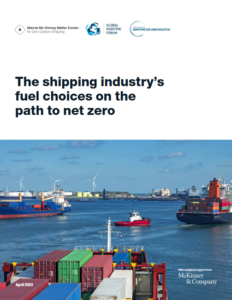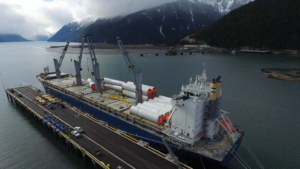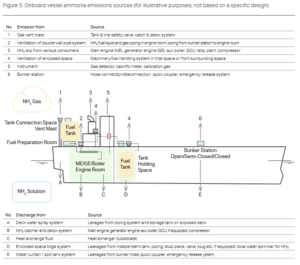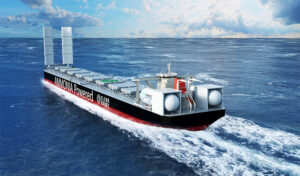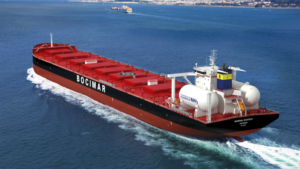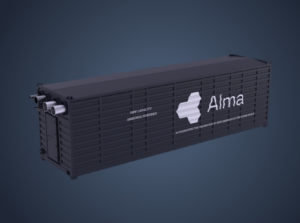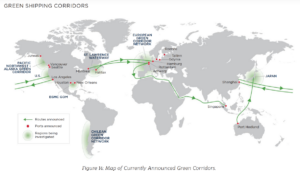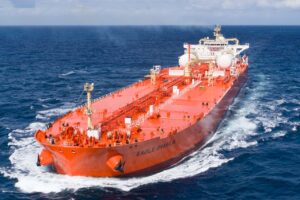Key shipping stakeholders see a multi-fuel future: new survey results
A recent survey reveals how shipping industry leaders see the maritime fuel transition progressing. With conventional ship engines set to remain the preferred technology until at least 2050, almost all the survey respondents saw their fleets running on a mix of fuels by that date. Although methanol & ammonia are likely to be adopted at scale, respondents do not currently see any of the new fuels emerging as an industry standard, with key choices ahead for shipping companies, fuel producers, bunker providers and industry regulators.
